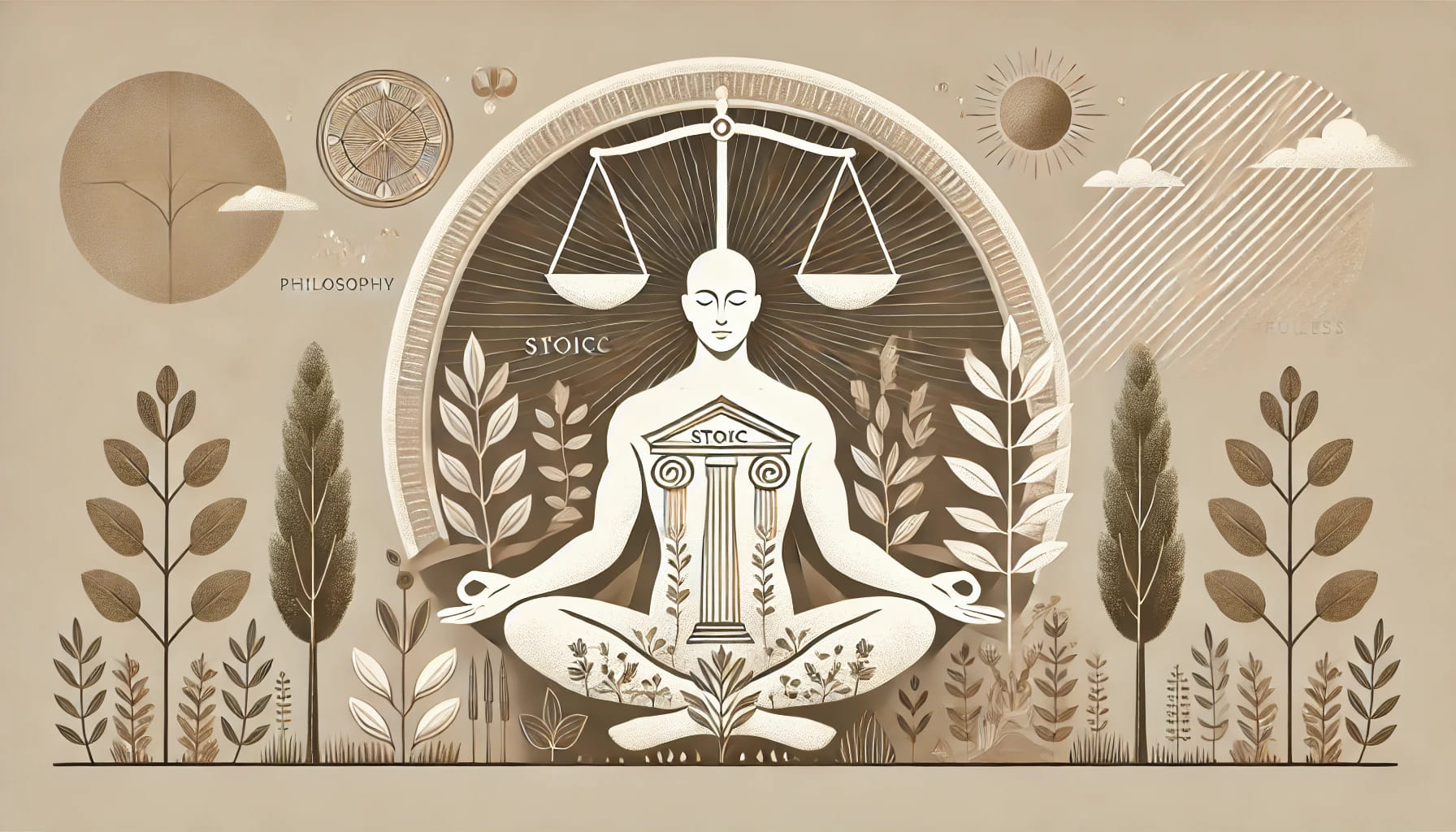In an age where mindfulness has become a cornerstone of mental health practices, it is worth exploring its connections to Stoicism, a philosophy that predates many modern approaches by centuries. Stoicism and mindfulness share core principles, such as focusing on the present moment, cultivating awareness, and embracing a balanced mindset. By merging the ancient wisdom of Stoicism with contemporary mindfulness practices, individuals can develop a resilient and composed approach to life’s challenges.
This essay examines the shared foundations of Stoicism and mindfulness, their complementary benefits, and practical ways to integrate both into daily life.
The Foundations of Stoicism and Mindfulness
Stoicism, rooted in ancient Greece and Rome, emphasizes rationality, virtue, and the importance of living in harmony with nature. At its heart is the practice of distinguishing between what is within our control and what is not. Marcus Aurelius, a Roman Emperor and Stoic philosopher, famously wrote in Meditations: “You have power over your mind—not outside events. Realize this, and you will find strength.”
Mindfulness, originating from Buddhist traditions, focuses on present-moment awareness without judgment. It encourages individuals to observe their thoughts, emotions, and surroundings with curiosity and acceptance. The goal is to develop a non-reactive state of mind, fostering clarity and calmness.
Despite their distinct origins, these two practices converge in their emphasis on self-awareness, intentionality, and the pursuit of inner peace.
Complementary Benefits of Stoicism and Mindfulness
Combining Stoicism and mindfulness amplifies their individual benefits, offering a comprehensive framework for emotional resilience and personal growth:
- Present-Moment Awareness
Stoicism teaches us to remain present by focusing on actions and decisions rather than worrying about uncontrollable outcomes. Similarly, mindfulness encourages staying rooted in the here and now, reducing anxiety and fostering mental clarity. - Emotional Regulation
Both philosophies emphasize observing and managing emotions rather than being ruled by them. Epictetus advised, “It’s not what happens to you, but how you react to it that matters,” mirroring mindfulness practices that train individuals to respond calmly rather than react impulsively. - Resilience to Adversity
By practicing Stoicism, individuals learn to embrace challenges as opportunities for growth through the concept of amor fati (love of fate). Mindfulness complements this by providing tools to process difficult emotions and maintain a balanced perspective during tough times. - Self-Acceptance and Growth
Mindfulness promotes self-compassion, while Stoicism focuses on aligning actions with virtues like courage, justice, and wisdom. Together, they help individuals accept their imperfections while striving for continuous self-improvement.
Integrating Stoicism and Mindfulness into Daily Life
Merging Stoicism and mindfulness involves combining reflection, intentionality, and awareness into practical routines. Here are three ways to do so:
- Morning Intention-Setting
Begin your day by reflecting on Stoic principles and setting mindful intentions. Read a passage from a Stoic text like Meditations or The Discourses. Follow this with a few minutes of mindful breathing, visualizing how you’ll embody virtues such as patience or courage throughout the day. - Mindful Pauses During the Day
Incorporate mindfulness into moments of transition, such as before a meeting or while commuting. Use Stoic reminders, like Epictetus’ advice to focus on what is within your control, to ground yourself in the present. Pair this with mindful observation of your surroundings or your breath to cultivate calmness. - Evening Reflection and Gratitude
At the end of the day, engage in a Stoic journaling practice, reviewing your actions and assessing where you succeeded or fell short in embodying your values. Combine this with a mindfulness exercise, such as noting three things you’re grateful for, to end the day with a sense of peace and contentment.
The Enduring Power of Stoicism and Mindfulness
The convergence of Stoicism and mindfulness offers timeless tools for navigating the complexities of modern life. Together, they provide a structured yet flexible approach to managing emotions, building resilience, and cultivating a deeper connection with the present moment.
By integrating the wisdom of Marcus Aurelius and Epictetus with the principles of mindful awareness, individuals can create a balanced and purposeful life. This synergy bridges the gap between ancient philosophy and modern practice, proving that the pursuit of inner peace and virtue is both universal and enduring.
Stoicism and mindfulness remind us that while we cannot control every aspect of life, we can always control how we engage with it. In this practice lies the power to thrive.

